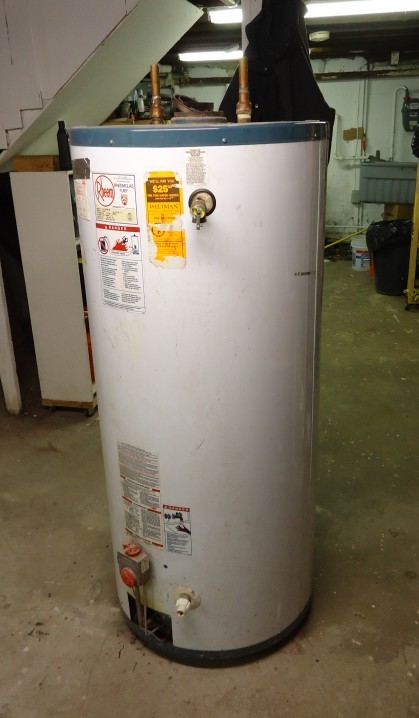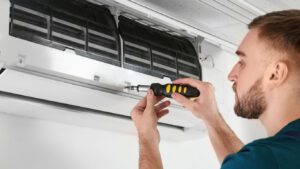
Hot Water Heaters – 5 Maintenance Tips Every Homeowner Needs

Your water heater works hard to keep you and your family supplied with warm water. It converts energy into heat, which gives you steamy baths and clean clothes.
Stuffed away in your basement or attic, most water heaters have a life expectancy of six to 13 years. That is if you’re diligent about preventative maintenance.
These tips will help you apply the best care to your appliance to ensure a long lifespan.

Tip #1: Drain the Water Heater
Over time, debris will build up in the tank of your water heater. The longer it sits there, the more it carries the potential to degrade the integrity of your water heater.
After a while, it will corrode the tank and weaken its ability to run at its full potential.
Every six months or so, it’s a good idea to entirely flush the water out of the tank.
This can be done by shutting off the gas or power to the water heater and then draining the water through a hose connected to the drain valve.
Tip #2: Insulate the Heater and Pipes
When you go through the steps to insulate the water heater, it should save you some money on your energy bills.
Insulating the water heater will help keep the heat retained within the unit, meaning it doesn’t have to work as hard to do its job.
Some water heaters already come insulated. In the case of older models, there are some ready-made insulating jackets on the market made specifically for water heaters. These are typically made from fiberglass. This same material can be used to wrap around the pipes connected to the water heater.
Tip #3: Lower the Temperature
Do you know what temperature your water heater is set to? Many people don’t!
Typical home usage of hot water only calls for temperatures of 120°F maximum.
This helps lower unnecessary energy expenses, prevents the potential for burns, and increases the lifespan of your water heater.
Find your thermostat dial and simply lower the temperature. If the water heater doesn’t display the temperature on the model, turn on the water in the house and hold a thermometer under the water to get an accurate reading.
Tip #4: Check the Temperature Release Valve
The temperature pressure release (or TPR) valve located at the top of your water heater is in place to lower the pressure inside the tank. Pressure builds when water is heated, which can cause an abundance of pressure.
The TPR valve works to regulate this pressure and lower the risk of an explosion.
If you notice a leak from the valve, it could mean it needs to be replaced. Otherwise, keep checking it a few times a year.
You can manually lift the lever and ensure water is released from the discharge pipe.
Tip #5: Check or Replace the Anode Rod
The anode rod works by sacrificially attracting corrosive agents to it so they don’t deteriorate the inside of the tank. This part of your water heater needs to be checked regularly to guarantee that the inside of the tank is stable.
You can unscrew the rod from its hex head on top of the water heater. If you notice that it’s less than half an inch thick or riddled with calcium buildup, it’s time to replace the anode rod.
Remember – Safety First
Always make sure you are keeping yourself and your family safe when you maintain your water heater. Shut off the power and the gas supply to the water heater before performing any intensive maintenance, and be mindful of access panels.
It helps to always know where your shut-off switches are and how to turn the pilot light on and off.
Bonus Tip: Get a Home Warranty!
These tips are great for keeping your water heater in good working order, but sometimes accidents happen. Water heaters rupture or simply stop working. Sometimes water leaks can cause quite a bit of damage.
Rather than waiting for something unexpected to happen and spending thousands of dollars on a replacement, get an easy and affordable home warranty today! Your budget will thank you!





